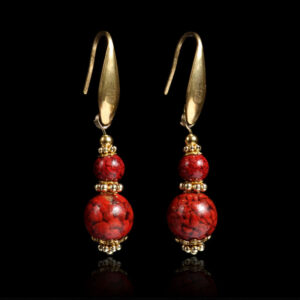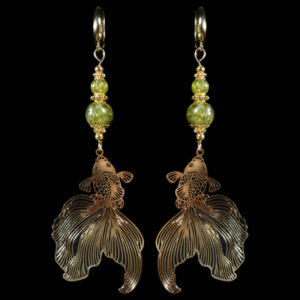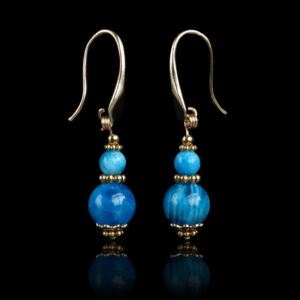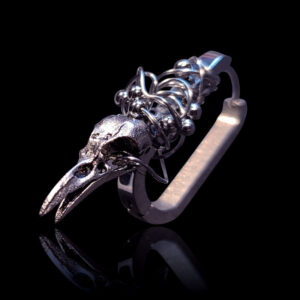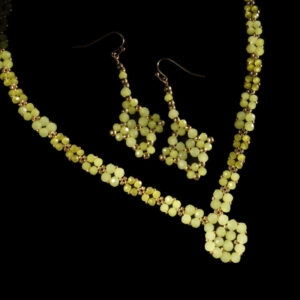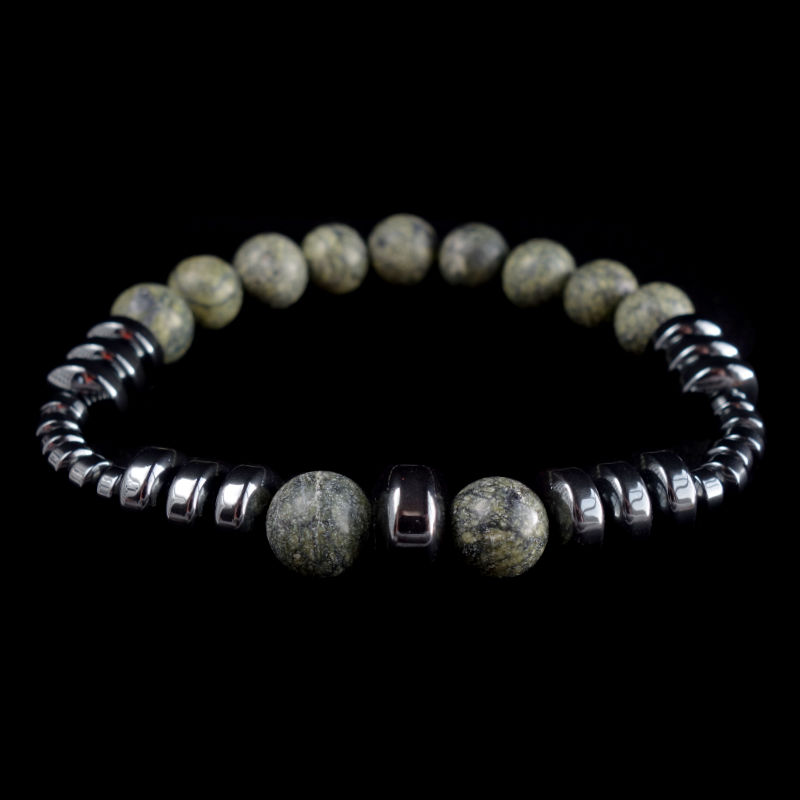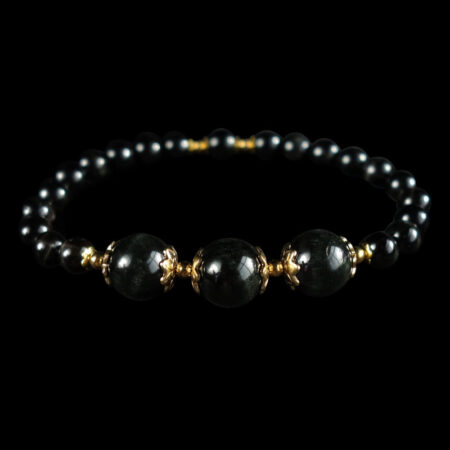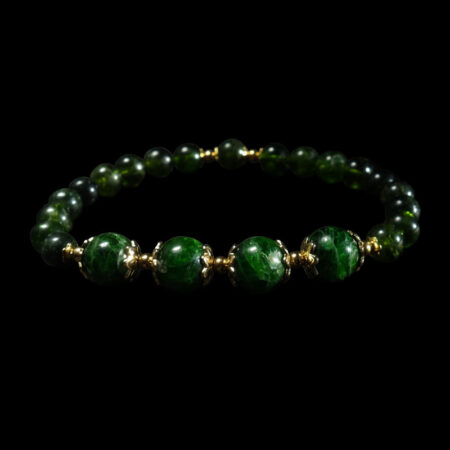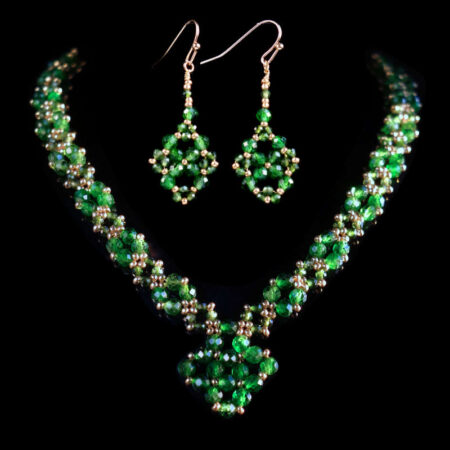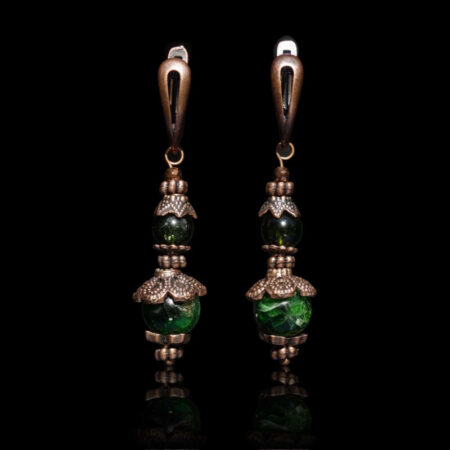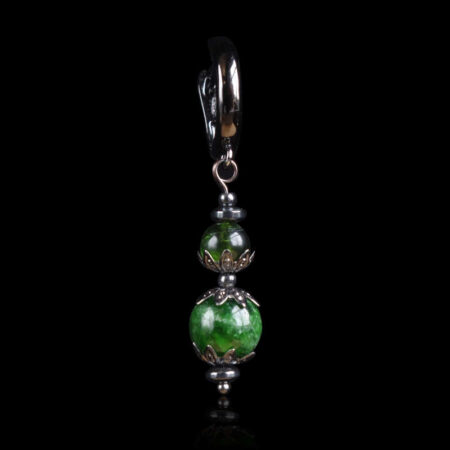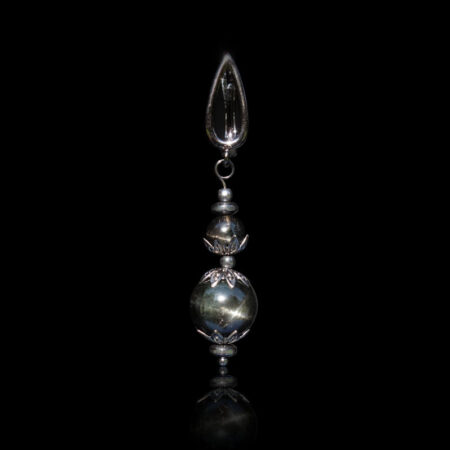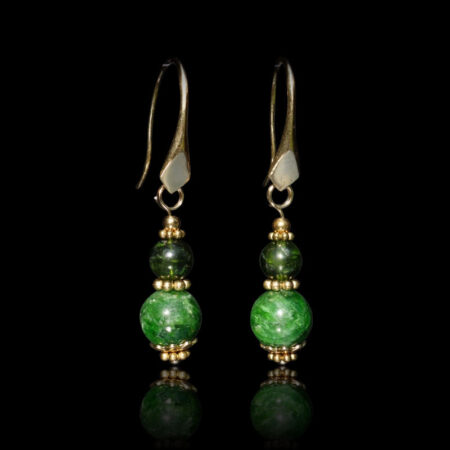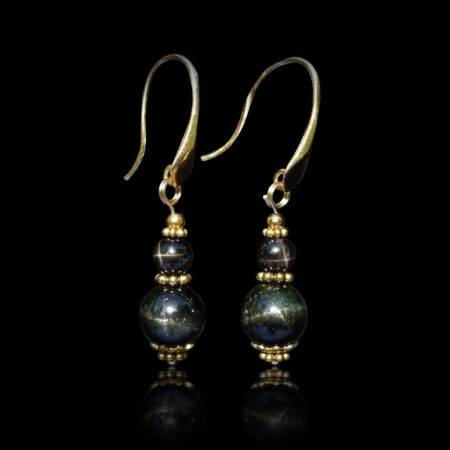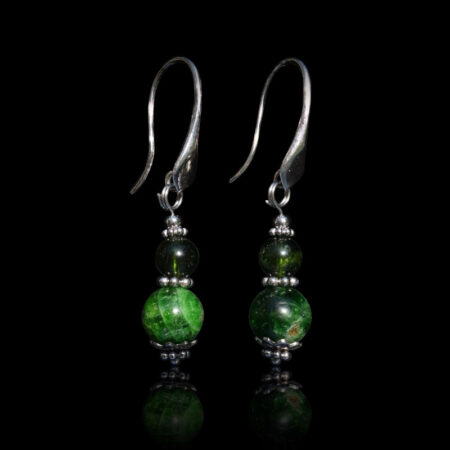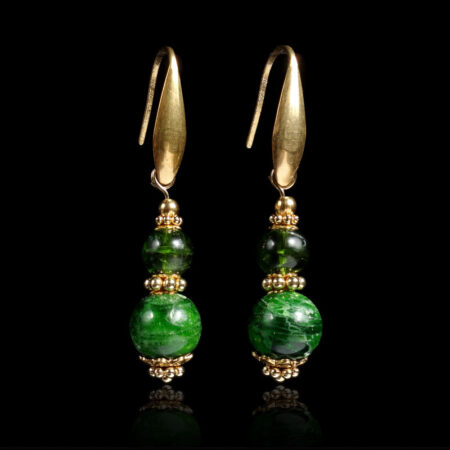-
-
Earrings
-
Necklaces
-
Bracelets
-
Rosary
-
Birthstones
-
Zodiac
-
A to Z
-
Colour
Aries ♈︎
Tropical: 21.03 – 19.04
Sidereal: 14.04 – 13.05
Not in stock: Crysoprase
Taurus ♉︎
Tropical: 20.04 – 20.05
Sidereal: 14.05 – 19.05
Not in stock: Sard
Gemini ♊︎
Tropical: 21.05 – 20.06
Sidereal: 20.06 – 20.07
Not in stock: Aquamarine, Chrysocolla
Cancer ♋︎
Tropical: 21.06 – 22.07
Sidereal: 21.07 – 10.08
Not in stock: Chrysoprase, Diamond
Leo ♌︎
Tropical: 23.07 – 22.08
Sidereal: 11.08 – 15.09
Not in stock: Chrysolite, Diamond
Virgo ♍︎
Tropical: 23.08 – 22.09
Sidereal: 16.09 – 30.10
Not in stock: Beryl, Sardonyx, Zircon
Libra ♎︎
Tropical: 23.09 – 22.10
Sidereal: 31.10 – 22.11
Not in stock: Beryl, Diamond, Jade, Kunzite, Nephrite, Sardonyx, Rose Tourmaline
Scorpio ♏︎
Tropical: 23.10 – 21.11
Sidereal: 23.11 – 29.11
Not in Stock: Aquamarine, Chrysoprase
Sagittarius ♐︎
Tropical: 22.11 – 21.12
Sidereal: 18.12 – 18.01
Not in Stock: Beryl, Sodalite
Capricorn ♑︎
Tropical: 22.12 – 19.01
Sidereal: 19.01 – 15.02
Not in Stock: Beryl, Malachite, Green Tourmaline
Aquarius ♒︎
Tropical: 20.01 – 18.02
Sidereal: 16.02 – 11.03
Not in Stock: Aquamarine, Celestine, Chrysocolla, Hawk’s Eye, Malachite
Pisces ♓︎
Tropical: 19.02 – 20.03
Sidereal: 12.03 – 13.04
Not in Stock: Aquamarine, Diamond, Jade, Sugilite
Ophiuchus ⛎︎
Tropical: N/A
Sidereal: 30.11 – 17.12
Notes
13th Sign: Ophiuchus is often considered in sidereal astrology because the Sun does pass through this constellation, but it’s not part of the traditional 12-sign zodiac used in Western astrology.
Note on Stones: The concept of birthstones for Ophiuchus is not as standardized as for the traditional zodiac signs since Ophiuchus isn’t part of the tropical zodiac. However, these stones are often associated with Ophiuchus due to their metaphysical properties that align with the characteristics attributed to this sign in sidereal astrology. Amethyst for spirituality and intuition, Citrine for abundance and positivity, Turquoise for healing and communication, Labradorite for transformation and intuition, and Ruby for passion and motivation.
Learn more: https://earthsky.org/constellations/ophiuchus-the-serpent-bearer-13th-constellation-zodiac/
Legend:
■ Arcane Semi-Precious Gemstone Beads
▲ Silica / Quartz Gemstone Beads
● Natural Beads
◖ Manmade / Artisanal Beads
A
B
C
D
E
F
G
H
J
K
L
M
O
P
R
S
T
V
FILTERS
Product Search
Filter by Price
Main Stone
Finish
Base Metal
Clasp
Hook Type
Birthstone
Zodiac Stone
Colour
Diopside
Birthstone of May
Zodiac Stone of Gemini, Pisces & Virgo
Cosmic Junction: Earth
Alternative Names: Chrome diopside, black star diopside, green star, Russian emerald, star stone.
Diopside’s Origin Story:
A mystery of the creation, the corrupt diopside fuelled strife. Its starry sheen was a simulacrum, draining loosh through reactive chaos, convincing sparks their insight was lost in the demiurge’s storm.
On Norea’s departure from home, she clashed with her rival Pirate Lilith who was interested in acquiring the Diopside Matrix – Norea catches it as it slips out of Liliths’ hand, and manages to keep it with utmost calm, breaking with it the seal that had cursed it. The stars in the diopsides became what they once were, remembered the Monad, and the blessings Barbelo had placed upon it when Yaldabaoth created this world.
Diopside became a spark-bearer’s beacon, wielding calm to reveal truth. It defies anger, urging seekers to shift attitudes and embrace hypersubjective clarity
Diopside clears the third eye chakra’s buddhic body, where Anger (150/1000) clouds truth. It sparks Reason (400/1000), shifting attitudes to calm—an Adlerian choice over strife. Thriving in stillness, it fosters Peace (600/1000). Spark-bearers wield diopside to unveil Pleroma’s light.
“Insight pierces the soul’s eternal storm.”
Zodiac Stone of Gemini, Pisces & Virgo
Cosmic Junction: Earth
Alternative Names: Star diopside, night star, black chrome, cosmic diopside, shadow spark.
Star Diopside’s Origin Story:
Yaldabaoth forged Black Star Diopside’s starry gleam under Saturn’s turbulent veil to scatter hearts in disorder on his subjects on Earth. Its dark radiance was a trap, draining vitality through dominous oppression, convincing souls their insight was lost to the demiurge’s turmoil.
Norea, radiant seer, countered with Zoe, Aeon of life, and Saint Thecla’s fearless clarity. Their calm, a celestial star, infused Diopside with eternal light, aligning it with a steady heart. Its star now kindled insight, defying chaotic strife.
Black Star Diopside became a light-bearer’s beacon, wielding insight to reject oppression. It urges a shift from chaos to good faith clarity, embracing the sanctity of deep work.
Black Star Diopside clears the third eye chakra’s buddhic body, where Chaos scatters insight. It sparks Reason (400/1000), choosing calm over disorder—an Adlerian shift to good faith. Thriving in focus, it fosters Peace (600/1000) and Cosmic Radiance (1200/1000).
“We bow to oppression, but good faith lights the soul’s path.”

